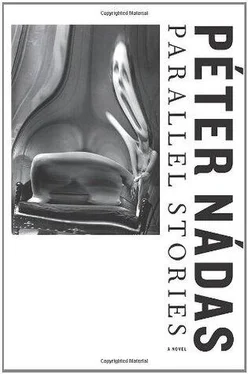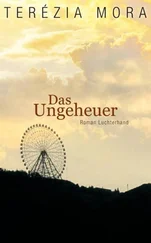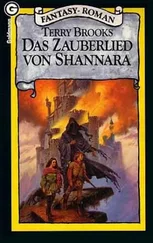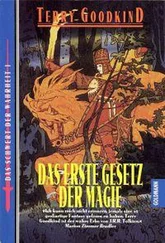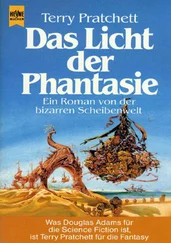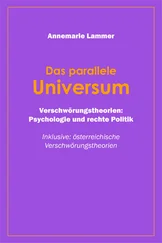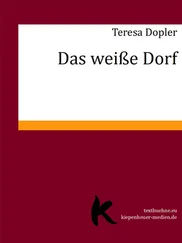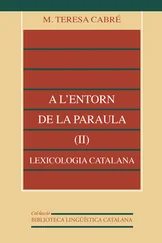*After August 1944, when all political parties in Hungary were dissolved, the Arrow Cross — with assistance from Germany, which had occupied Hungary since March — continued to operate underground. It secretly prepared a coup d’état against the government of Admiral Horthy, and on October 15, when Horthy announced Hungary’s withdrawal from the war, it seized power. The Arrow Cross government’s regime of terror especially affected the Jews still remaining in Hungary, mostly in Budapest, where battalions raided the buildings to which Jews had been consigned, destroyed homes, and killed many Jewish partisans; in an especially infamous action, they took several hundred Jews to the bridges across the Danube and shot them there, letting their bodies be borne away by the river waters.
*The nineteenth-century castle in the village of Tiszadob had belonged to the family of the famous “Red Countess,” Katinka Andrássy, widely considered one of the most beautiful and accomplished women in Europe, and married to Count Mihaly Karolyi, who was briefly president of the short-lived Democratic Republic of Hungary in 1918. The very wealthy Andrássys divided and distributed much of their land among the peasants, for which other aristocrats ostracized and shunned them. An active supporter of her husband’s Socialist politics, the countess went with him into exile when Bela Kun and his supporters seized power in 1919, returning to Hungary from England only in 1946, when some of her family property in Budapest was restored to her — but not Tiszadob, which the Communist regime had turned into a children’s home. The Karolyis left Hungary again in 1948 and died in exile.
*The March Youth were the planners, initiators, and leaders of the March 15, 1848, revolution in Hungary against Austria, a remarkable group, nearly all of them young men, from the elite of Hungarian literature, enlightenment, and politics; prominent among them was Sándor Petőfi, the revered young poet who fell on the battlefield in 1849.
*Alfréd Hajós, 1878–1955, a champion swimmer and architect who specialized in sports buildings, designed the swimming complex built on Margit Island in 1930.
*In the Battle of Mohács, fought near the town on August 29, 1526, forces of the kingdom of Hungary were defeated by forces of the Ottoman Empire led by Sultan Suleiman the Magnificent. This Ottoman victory led to the partition of Hungary for several centuries among the Ottoman Empire, the Habsburg Monarchy of Austria, and the principality of Transylvania.
*With the Treaty of Trianon, signed in June 1920 by the Allied powers and Hungary, Hungary had lost about 70 percent of its former territory and all access to the Black Sea. In the late 1920s the British press lord Viscount Rothermere made a passionate cause out of his support for the restoration of territory to Hungary, making speeches in the House of Lords and publishing articles in the newspapers he owned.
*Beginning in November 1938, Hungary, allied with Germany, significantly expanded its borders, aiming to rectify the perceived injustices of the Treaty of Trianon. After the Munich conference, it regained a strip of southern Slovakia and western Subcarpathia (Felvidék), and in March 1939, after Germany’s invasion and occupation of Czechoslovakia, it annexed the remaining part of Subcarpathia (Kárpátalja, now part of Ukraine).
*The Volksbund, an organization of ethnic Germans in Hungary, sympathetic to the policies of the Third Reich, was founded in 1938 and by 1940 was directly controlled by the German government. Active in Hungarian politics throughout the war, it was disbanded only in 1945.
*The Treaty of Trianon stipulated that no railway could be built in Hungary with more than one track. At the time railways were of real strategic importance both economically and militarily.
*A shoyhet is a butcher licensed to perform the ritual kosher slaughter of animals for food. Hazeer is meat from a pig.
*Emmerich Kálmán (1882–1953) was the Jewish Hungarian-born composer of many popular Viennese operettas, including Countess Maritza .
*Johann Wolfgang von Goethe lived in Weimar from 1775 until his death in 1832; the hills nearby with their beech forest (Buchenwald) were a favorite retreat for him. He was often joined in his walks there by his friend the writer and poet Johann Peter Eckermann. When part of this beech forest was cleared in 1937 for what was to become the Buchenwald concentration camp, Goethe’s oak was left standing. (It was destroyed in an Allied bombing raid in 1944, but the stump remains.)
*A novella by Thomas Mann, published in 1903.
*A Dutch furniture designer and architect who was famous for his chairs.
*Mies van der Rohe, the last director of the Bauhaus before Nazi pressure forced its closure in 1933, had reluctantly left Germany for the United States in 1937.
*Germany had invaded Czechoslovakia on March 15, 1939.
*Magda Purgly was the wife of the regent, Admiral Miklós Horthy; Archduke Frederick of Lorraine, a Habsburg cousin of Emperor Francis Joseph, had been commander in chief of the Austrian army in 1914–18.
*The regions of the Great Hungarian Plain.
*A law of May 29, 1938, restricted the proportion of Jews holding jobs in the government, professions, industry, and commerce to 20 percent.
*Director of the Kaiser Wilhelm Institute for Anthropology, Human Heredity, and Eugenics for many years prior to 1933, and considered an authority on racial characteristics and “hygiene,” he also did research in German West Africa and on Gypsies.
*Germany’s provisional government after the revolution in 1918 appointed General Lüttwitz commander in chief of the Reichswehr, and in this capacity he directed the Freikorps and Studentenkorps in their suppression of the Spartacist uprising in January 1919. (A year later, he and Wolfgang Kapp attempted a putsch against the new Weimar Republic; after its quick failure, Lüttwitz fled to Budapest, returning to Germany only in 1925.)
*The actress Emmy Göhring was Heinrich Göhring’s second wife.
*Arno Breker’s public sculptures made on commission from the German government were mostly destroyed after 1945.
*The Austrian Ernst Kaltenbrunner was an important SS commander. Admiral Wilhelm Canaris was head of the Third Reich’s military intelligence service. (He participated in many resistance activities and was in contact with British intelligence, however, and in April 1945 the Nazis executed him.)
*Joseph Mengele, a physician and SS officer, did extensive research during the war using prisoners at Auschwitz and Birkenau as subjects; at Auschwitz, as the officer responsible for selecting which Jews would die and which would be chosen as living subjects for his research, he became known as the Angel of Death. Adolf Butenandt, a Nobel Prize — winning chemist, was head of the Kaiser Wilhelm Institute for Chemistry in Berlin.
*Another German physician who performed medical research trials and sterilizations on inmates of the Nazi death camps.
*In 1937 the Gestapo had arrested Martin Niemöller, Lutheran pastor of St. Anne’s Church in Dahlem; in 1938, after one trial, he was rearrested and sent to the concentration camp in Sachsenhausen and later to Dachau; he was not freed until his liberation by American troops in April 1945.
*Hitler’s companion and, eventually, wife. She never appeared in public with him and the German people knew nothing of her until after her death: she along with Hitler committed suicide in 1945 in the Berlin bunker where he lived and worked.
*Milton Bradley, a famous American inventor of board games, also specialized in studying the effects of color and pigmentation in humans.
*In the summer of 1942, the Hungarian Second Army, having joined German Panzers in their advance toward Stalingrad, suffered a catastrophic defeat at the Russian city of Voronezh, on the Don river.
Читать дальше
